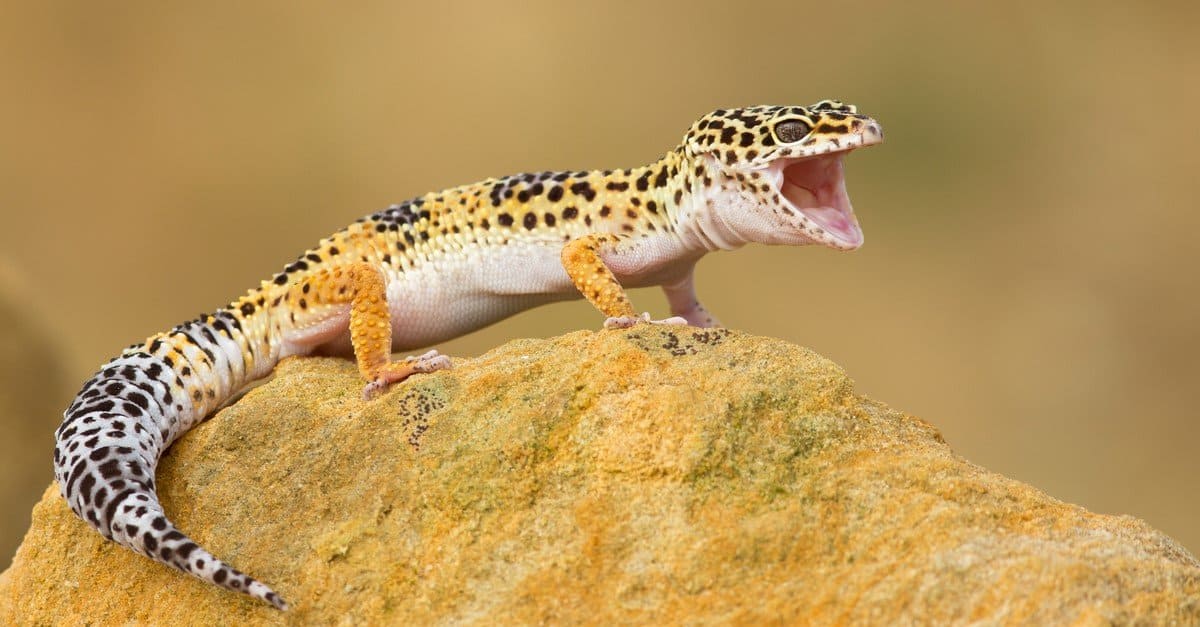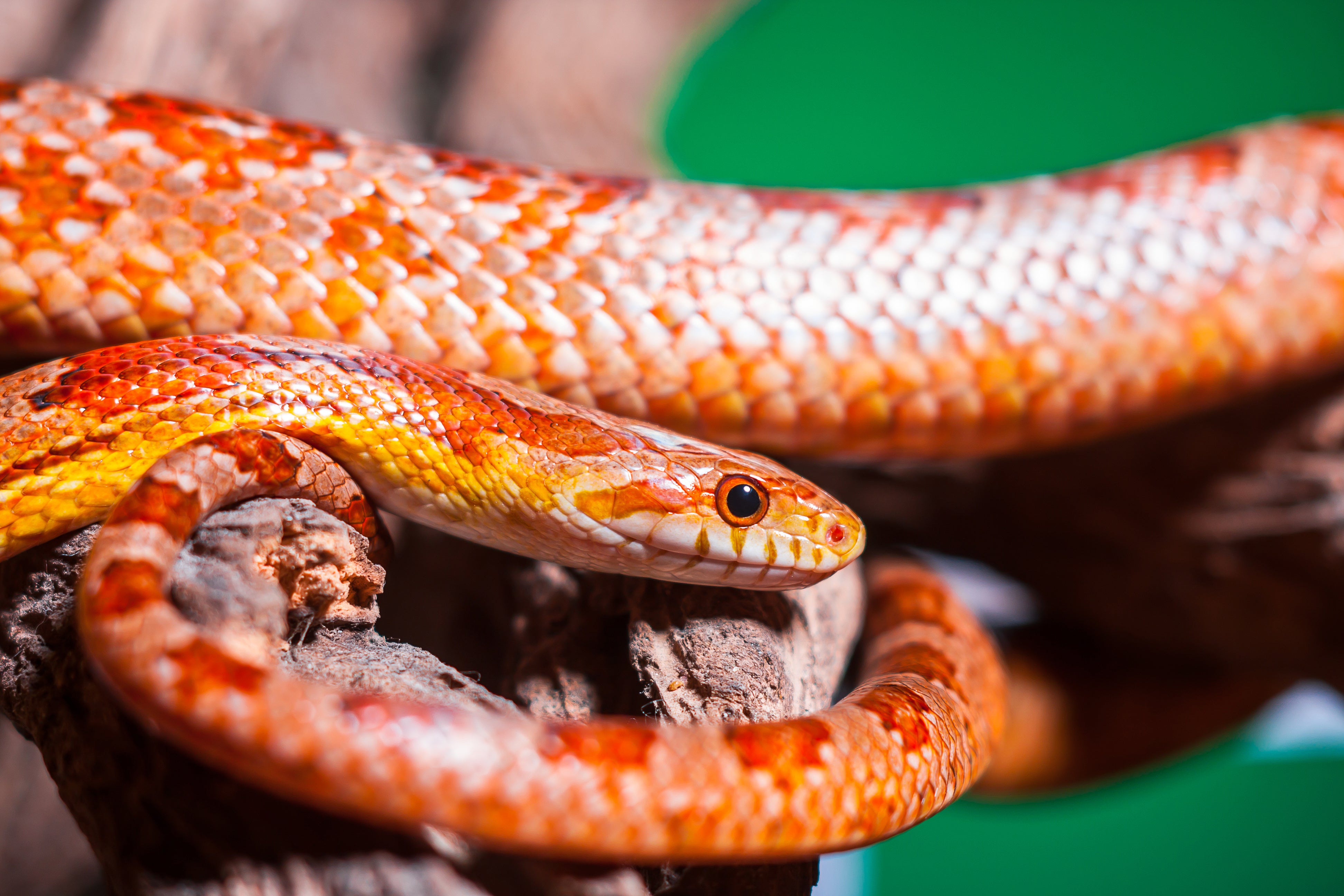Introduction
Are you considering getting a reptile as a pet? Reptiles can
make fascinating and unique companions, bringing a touch of the exotic into
your home. However, with so many different reptile species to choose from, it
can be challenging to decide which one is the right fit for you. In this
article, we will explore the top 5 reptile pets, each with its own distinctive
characteristics and care requirements. Whether you're a beginner or an
experienced reptile enthusiast, there's something here for everyone. So, let's
dive in!
Table of Contents
1. Bearded Dragons: The Gentle Giants
- 1.1. Appearance
and Behavior
- 1.2. Housing and
Environment
- 1.3. Feeding and
Nutrition
- 1.4. Handling
and Interaction
2. Leopard Geckos: The Easy-Going Charmers
- 2.1. Appearance
and Behavior
- 2.2. Housing and
Environment
- 2.3. Feeding and
Nutrition
- 2.4. Handling
and Interaction
3. Corn Snakes: The Colorful Serpents
- 3.1. Appearance
and Behavior
- 3.2. Housing and
Environment
- 3.3. Feeding and
Nutrition
- 3.4. Handling
and Interaction
4. Red-Eared Sliders: The Aquatic Beauties
- 4.1. Appearance
and Behavior
- 4.2. Housing and
Environment
- 4.3. Feeding and
Nutrition
- 4.4. Handling
and Interaction
5. Crested Geckos: The Unique Tree Dwellers
- 5.1. Appearance
and Behavior
- 5.2. Housing and
Environment
- 5.3. Feeding and
Nutrition
- 5.4. Handling
and Interaction
1. Bearded Dragons: The Gentle
Giants
1.1. Appearance and Behavior
Bearded dragons, also known as "beardies," are one
of the most popular reptile pets for a good reason. They are docile, curious
creatures that quickly capture the hearts of their owners. With their
distinctive triangular-shaped heads, rough skin, and spiky beard-like scales,
they have a unique appearance that sets them apart.
1.2. Housing and Environment
When it comes to housing a bearded dragon, providing a
suitable habitat is crucial for their health and well-being. A spacious
enclosure with a temperature gradient, basking spots, UVB lighting, and hiding
areas should be set up to mimic their natural habitat. Substrate choices such
as reptile carpet, paper towels, or non-adhesive shelf liner are recommended
for easy cleaning.
1.3. Feeding and Nutrition
Bearded dragons are omnivorous, meaning they eat both
insects and vegetation. Their diet primarily consists of a variety of insects
like crickets, mealworms, and dubia roaches, along with leafy greens,
vegetables, and fruits. It's important to provide a balanced diet and dust
their food with calcium and vitamin supplements to ensure their nutritional
needs are met.
1.4. Handling and Interaction
Bearded dragons have a reputation for being friendly and
tolerant of handling. However, it's essential to handle them gently and with
care to avoid stressing them out. Regular handling from a young age can help
them become more comfortable with human interaction, strengthening the bond
between you and your scaly companion.
 |
| Leopard Geckos |
2. Leopard Geckos: The Easy-Going
Charmers
2.1. Appearance and Behavior
Leopard geckos are small, nocturnal reptiles known for their
beautiful patterns and calm demeanor. Their slender bodies, soft skin, and
distinctive eyes make them captivating pets. Unlike other reptiles, leopard
geckos have eyelids, giving them a unique appearance.
2.2. Housing and Environment
Leopard geckos are relatively low-maintenance pets, making
them ideal for beginners. A well-ventilated terrarium with a temperature
gradient, a moist hide, and appropriate substrate, such as reptile carpet or
paper towel, is necessary. Providing a shallow dish of calcium powder allows
them to self-regulate their calcium intake.
2.3. Feeding and Nutrition
As insectivores, leopard geckos require a diet consisting
primarily of insects. Crickets, mealworms, and waxworms are commonly fed to
them. Gut-loading their prey with nutritious food and dusting it with calcium
and vitamin D3 supplements ensures they receive the necessary nutrients for
their growth and overall health.
2.4. Handling and Interaction
Leopard geckos are generally tolerant of handling, but it's
important to be gentle and avoid excessive stress. They have delicate bodies,
so supporting them properly is essential. Regular handling can help them become
more comfortable with human interaction and build trust over time.
 |
| Corn Snakes |
3. Corn Snakes: The Colorful
Serpents
3.1. Appearance and Behavior
Corn snakes are popular pet snakes known for their vibrant
colors and docile nature. They come in a variety of morphs, each displaying its
unique pattern and coloration. With their slender bodies and smooth scales,
corn snakes are elegant reptiles that are relatively easy to handle.
3.2. Housing and Environment
When it comes to housing a corn snake, providing a secure
enclosure with appropriate temperature and humidity levels is crucial. A tank
with hiding spots, branches, and a suitable substrate like aspen bedding or
reptile carpet should be provided. The enclosure should also have a secure lid
to prevent escape.
3.3. Feeding and Nutrition
Corn snakes are carnivorous, primarily feeding on mice or
rats. Pre-killed, appropriately sized rodents should be offered to ensure the
snake's safety during feeding. The size of the prey should match the snake's
girth to prevent any digestion issues. It's crucial to maintain a feeding
schedule and monitor the snake's weight to ensure it remains healthy.
3.4. Handling and Interaction
Corn snakes are generally docile and can become accustomed
to handling. However, it's important to approach them with caution, especially
during shedding or after a meal when they may be more sensitive. Supporting
their body properly and being mindful of their comfort is essential to
establish a positive interaction.
:strip_icc()/red-eared-slider-swimming-520669620-57fff0185f9b5805c2b11b7b.jpg) |
| Red-Eared Sliders |
4. Red-Eared Sliders: The Aquatic
Beauties
4.1. Appearance and Behavior
Red-eared sliders are popular aquatic turtles known for
their vibrant red markings and outgoing personalities. With their distinctive
red patches behind their eyes, they have a striking appearance. These turtles
are highly interactive and can recognize their owners, making them a rewarding
pet to keep.
4.2. Housing and Environment
Providing a suitable aquatic setup is vital for red-eared
sliders. A spacious tank with a basking area, a UVB light source, a water
filtration system, and an underwater heater should be provided. The water
temperature and quality should be regularly monitored to maintain a healthy
environment for these turtles.
4.3. Feeding and Nutrition
Red-eared sliders are omnivorous, with a diet consisting of
both animal protein and vegetation. Commercial turtle pellets, leafy greens,
and aquatic plants
are typically included in their diet. It's important to offer a variety of
foods to meet their nutritional needs and supplement their diet with calcium
and vitamin D3.
4.4. Handling and Interaction
Red-eared sliders are not as interactive as some other
reptiles, but they can still enjoy gentle interaction with their owners.
However, it's important to note that excessive handling can cause stress and
disrupt their natural behaviors. When handling them, it's crucial to support
their bodies properly and be cautious near water to prevent accidents.
 |
| Crested Geckos |
5. Crested Geckos: The Unique Tree
Dwellers
5.1. Appearance and Behavior
Crested geckos are fascinating reptiles native to New
Caledonia. They are known for their distinctive crests on their heads and the
ability to climb walls and ceilings with their adhesive toe pads. These
arboreal geckos have a unique appearance and exhibit interesting behaviors,
such as licking their eyes to clean them.
5.2. Housing and Environment
Creating a suitable habitat for crested geckos involves
providing vertical space and plenty of branches and foliage for climbing and
hiding. They thrive in a moderate temperature range and require high humidity
levels. Reptile-safe plants and substrate such as coconut fiber or moss can be
used to create a naturalistic enclosure.
5.3. Feeding and Nutrition
Crested geckos are omnivorous, with a diet primarily
consisting of fruit-based gecko diet powder mixed with water. This diet should
be supplemented with live insects such as crickets or small roaches. Fresh
water should always be available, and any uneaten food should be removed to
maintain a clean enclosure.
5.4. Handling and Interaction
Crested geckos are generally tolerant of handling but may
prefer less frequent interaction compared to other reptiles. They are fragile
creatures, and excessive handling can lead to stress and potential harm. It's
important to handle them gently, avoiding any sudden movements, and respect
their boundaries.
Conclusion
Reptiles can make fascinating and unique pets, each with its
own set of characteristics and care requirements. Whether you're drawn to the
gentle giants of bearded dragons, the easy-going charm of leopard geckos, the
colorful serpents like corn snakes, the aquatic beauties of red-eared sliders,
or the unique tree dwellers like crested geckos, there is a reptile pet out
there for everyone. Before bringing any reptile into your home, it's essential
to research their specific needs and ensure you can provide a suitable
environment to meet those requirements. With proper care and attention,
reptiles can become wonderful companions, offering a glimpse into the
captivating world of these remarkable creatures.
Frequently Asked Questions (FAQs)
1. Can reptiles be
good pets for children?
Reptiles can make great pets for children, but it's crucial
to choose a species that is known for its docile nature and ease of handling.
Additionally, adult supervision is always necessary when children interact with
reptiles to ensure both the child's safety and the well-being of the reptile.
2. How often do
reptiles need to be fed?
The feeding frequency of reptiles varies depending on the
species and their age. Some reptiles may require daily feedings, while others
may only need to be fed a few times a week. It's important to research the
specific dietary needs of the reptile you plan to keep and establish a feeding
schedule accordingly.
3. Can reptiles be
kept in groups or pairs?
While some reptiles can be housed together, it's important
to consider the compatibility and social dynamics of the species. Some reptiles
are solitary by nature and may become stressed or
aggressive when kept
with others. Research the social behaviors of the reptile species you are
interested in and consult with an experienced reptile keeper before attempting
to keep them in groups or pairs.
4. Do reptiles
require any special lighting or heating?
Most reptiles require specific lighting and heating setups
to replicate their natural environments. This may include UVB lighting for the
synthesis of vitamin D3, as well as heat sources to provide a temperature
gradient within their enclosure. It's crucial to research the lighting and
heating requirements of the reptile species you plan to keep and provide the
appropriate setup for their well-being.
5. Are reptiles
low-maintenance pets?
While reptiles can be low-maintenance compared to some other
pets, they still require regular care and attention. Reptiles have specific
environmental, dietary, and handling needs that must be met for their overall
health and well-being. Before bringing a reptile into your home, make sure you
are prepared to provide the necessary care and commitment they require.
Remember, responsible reptile ownership involves continuous
learning and providing the best possible care for these unique and captivating
creatures.


Comments
Post a Comment